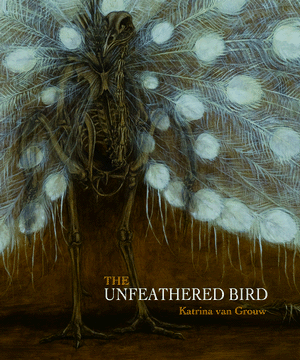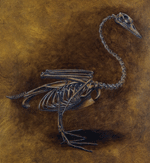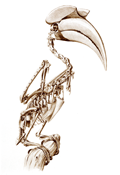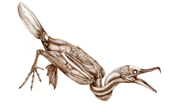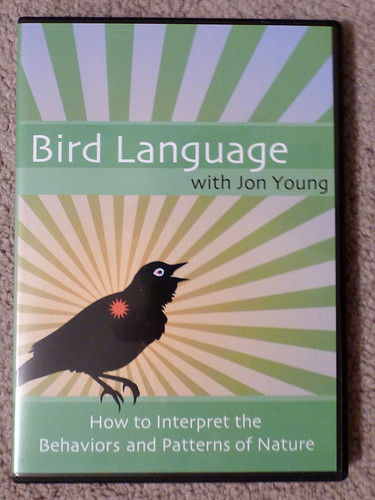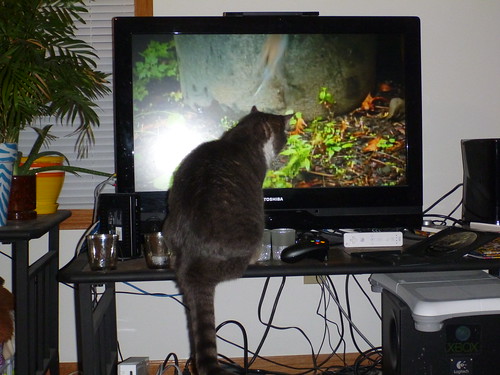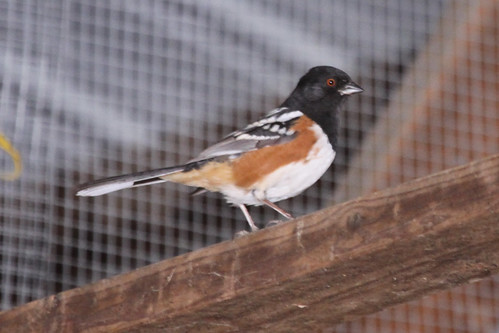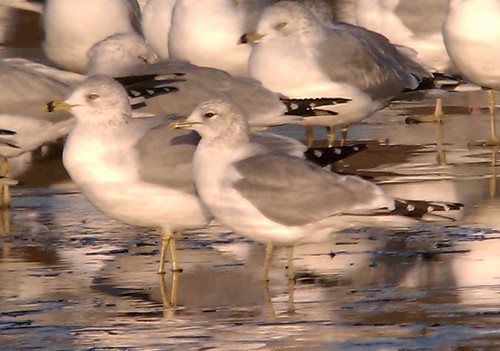We designed a brand new Biggest Week website, loaded it up with all kinds of great field trips, programs, workshops, travel information, and conservation initiatives, and we just launched it!
Along with the new website, we also unveiled a stunning new festival logo designed by world-class wildlife artist Darin Miller.
Darin is an Ohio native who specializes in bird art,
and my-oh-my, can this man paint!
and my-oh-my, can this man paint!
Some of my fellow BiF! bloggers are speaking and leading field trips at the festival, including Lillian Stokes (and her husband Don), Drew Lanham, Linda Rockwell, and Rob Ripma. Rob is one of our field trip coordinators along with Greg Links and they have planned out a phenomenal list of field trips.
Like the Biggest Week on Facebook.
I'm really excited about some of the walks we're offering for new birders to encourage newbies to come try birding for the first time. We have two free workshops on getting started in birding and they're being presented by Jessie Barry and Chris Wood from Cornell Lab of Ornithology!
Like the Biggest Week on Facebook.
I'm really excited about some of the walks we're offering for new birders to encourage newbies to come try birding for the first time. We have two free workshops on getting started in birding and they're being presented by Jessie Barry and Chris Wood from Cornell Lab of Ornithology!
We're also planning some diversity outreach through bird walks in some of Toledo Metropark's more urban parks.
Only in its fifth year, the festival is helping to bring tens of thousands of birders
to northwest Ohio to enjoy some of the best spring birding on the continent.
 |
| Scarlet Tanager by Kenn Kaufman |
 |
| Canada Warbler by Kenn Kaufman |
The Biggest Week is part of a comprehensive conservation business plan that the team at BSBO has executed very effectively. Thanks to the knowledge of bird migration gained though BSBO's long term research, and some really outstanding partners like Birds & Blooms Magazine and Lake Erie Shores & Islands, our marketing efforts have been very successful and we've created a brand new tourism season during a time that business owners previously considered one of their slower times of the year. Businesses are opening earlier, extending their hours, and hiring more staff to serve the influx of birders.
We've also collected and disseminated economic impact and travel data from visiting birders. Our data has shown that birders visiting this region of northwest Ohio in April and May spend more than 30 million dollars when they're here watching birds, findings backed-up by a recent birding economic impact study conducted by Bowling Green State University. When you can present that level of economic impact it makes conservation of bird habitat relevant to an entirely new group of stakeholders. We are being invited to speak before groups that we never thought we'd be speaking to about birds. And at every presentation and in every interview, we try to drive drove home the point that if we are not proper stewards of the habitat that brings the birds - we will jeopardize the financial swell that follows the birds and birders who come to enjoy them here in northwest Ohio. The take home message is always: Healthy Bird Habitat = Big Business.
 BSBO also works hard to weave conservation messages through the festival publications and presentations. As part of our conservation goals, we have been proudly featuring certified bird-friendly coffee from the Birds and Beans company during the event for the last three years.
BSBO also works hard to weave conservation messages through the festival publications and presentations. As part of our conservation goals, we have been proudly featuring certified bird-friendly coffee from the Birds and Beans company during the event for the last three years.Kenn and I have fallen in love with this coffee and the habitat it helps conserve, and it tastes great, too! A few years ago, we visited the Gaia Estate, a bird-friendly coffee plantation in Nicaragua to conduct bird surveys for Birds and Beans and we were blown away at the numbers of eastern and western migrants wintering on the plantation. Birds & Beans bought every bit of the Gaia Estate's crop this year for their Chestnut-sided Warbler blend!
Last year, Leica Sport Optics was on site as a major sponsor and they brewed and served Birds & Beans for us at BSBO. People loved it! We also convinced the Lodge where we headquartered the festival to push aside their Starbucks coffee bar and serve and sell Birds & Beans during the festival. We made up posters, posted the logo all over the place, and I gave a presentation on the importance of selecting certified bird-friendly coffee -- all in an effort to try and help people fall in love with this coffee the way we have. AND IT WORKED! Last year, we sold more than 1,000 pounds of Birds & Beans coffee during the festival and Ohio's sales rose by more than 88% in 2012! Isn't that cool?!?! I wish every bird-related organization in this country would commit to serving only bird-friendly coffee at their events and conferences. It just seems right, don't you think?
While our overarching goal is to advance the cause of habitat conservation, we do our best to make sure that every person who registers for the Biggest Week has the time of their life and sees lots of beautiful birds, too!
 |
| Blackburnian Warbler by Kenn Kaufman |
Maybe some of you reading this will come visit us this May. And when the festival is over, we'll make sure that your visit means something for the birds and the habitats they depend on.
Happy Birding!
Happy Birding!
kimberly






